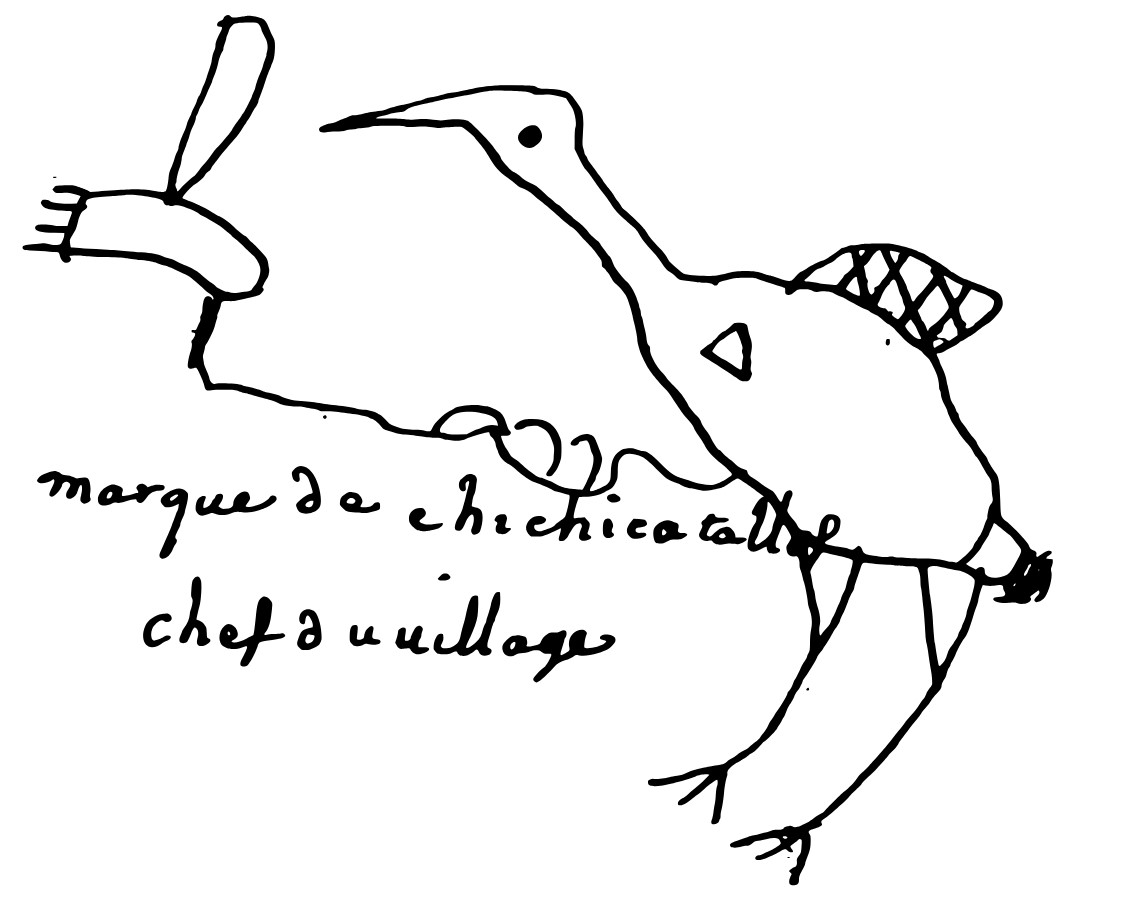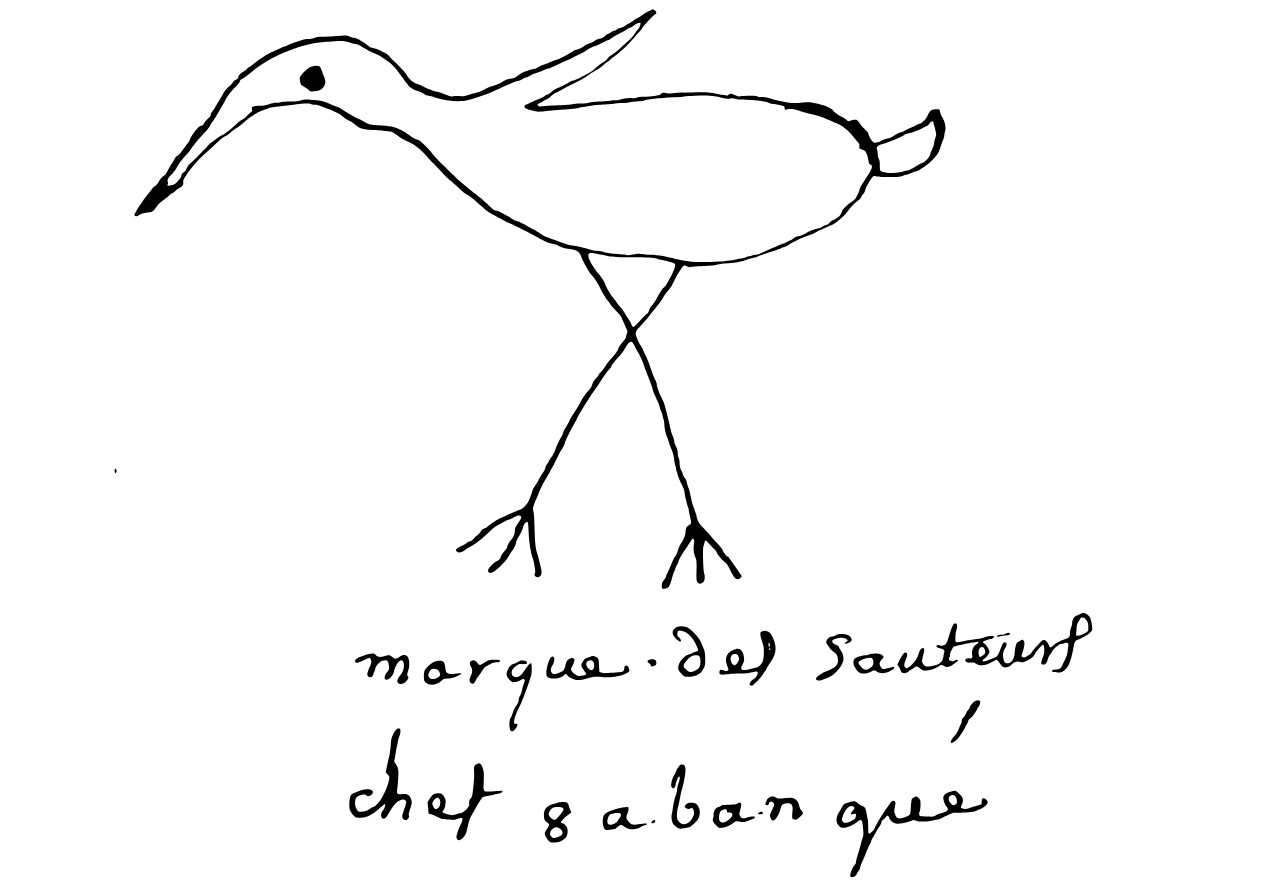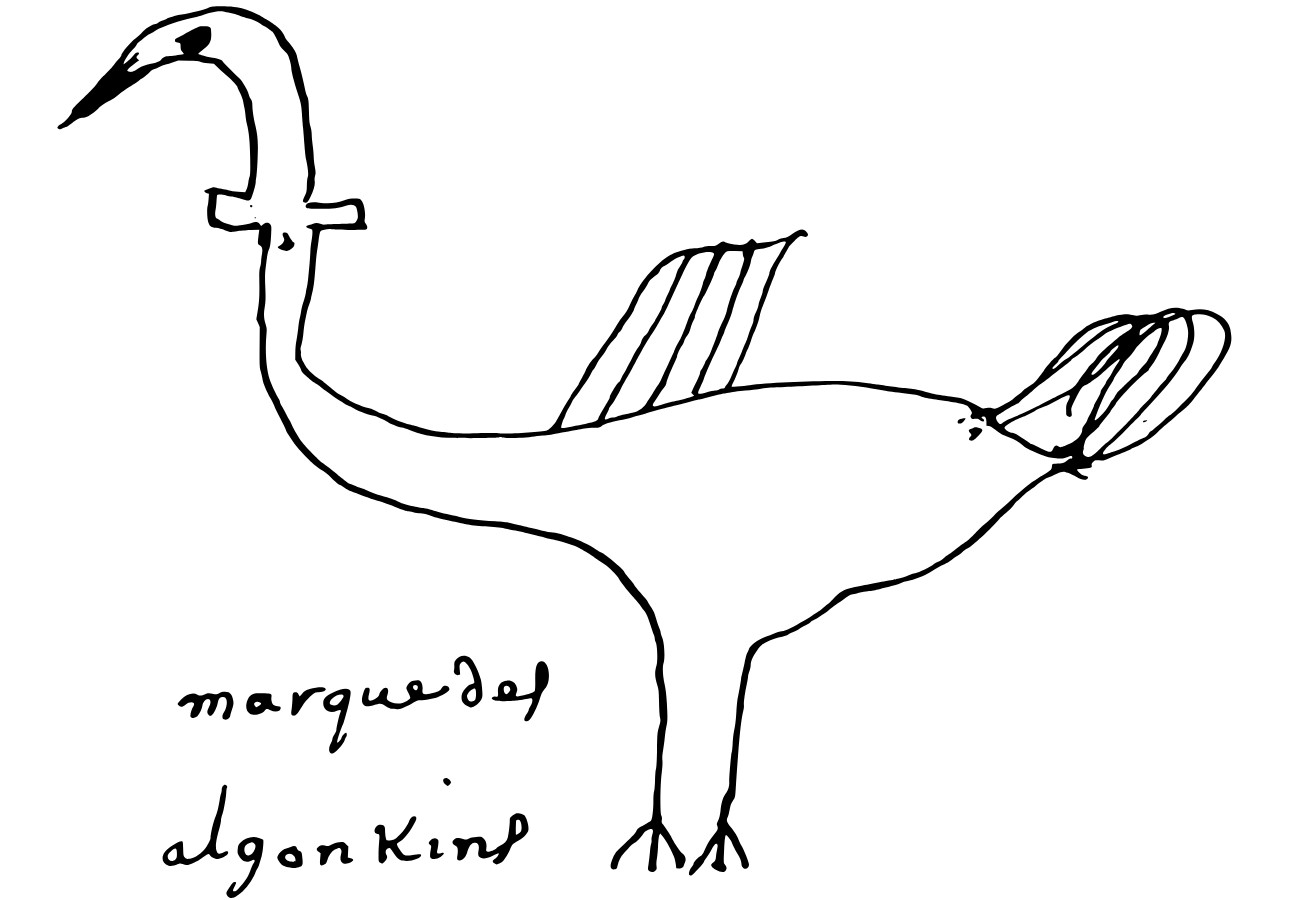The sandhill crane (Antigone canadensis, formerly Grus canadensis) is a large bird in the family Gruidae. With an estimated population of over 650,000, sandhill cranes are the most abundant crane species in the world. They are divided into six subspecies: the migratory Canadian sandhill crane (Antigone canadensis rowani), lesser sandhill crane (Antigone canadensis canadensis) and greater sandhill crane (Antigone canadensis tabida), and the non-migratory Mississippi sandhill crane (Antigone canadensis pulla), Florida sandhill crane (Antigone canadensis pratensis) and Cuban sandhill crane (Antigone canadensis nesiotes). Of these, the Mississippi and Cuban sandhill cranes are considered endangered while the Florida sandhill crane is considered threatened.
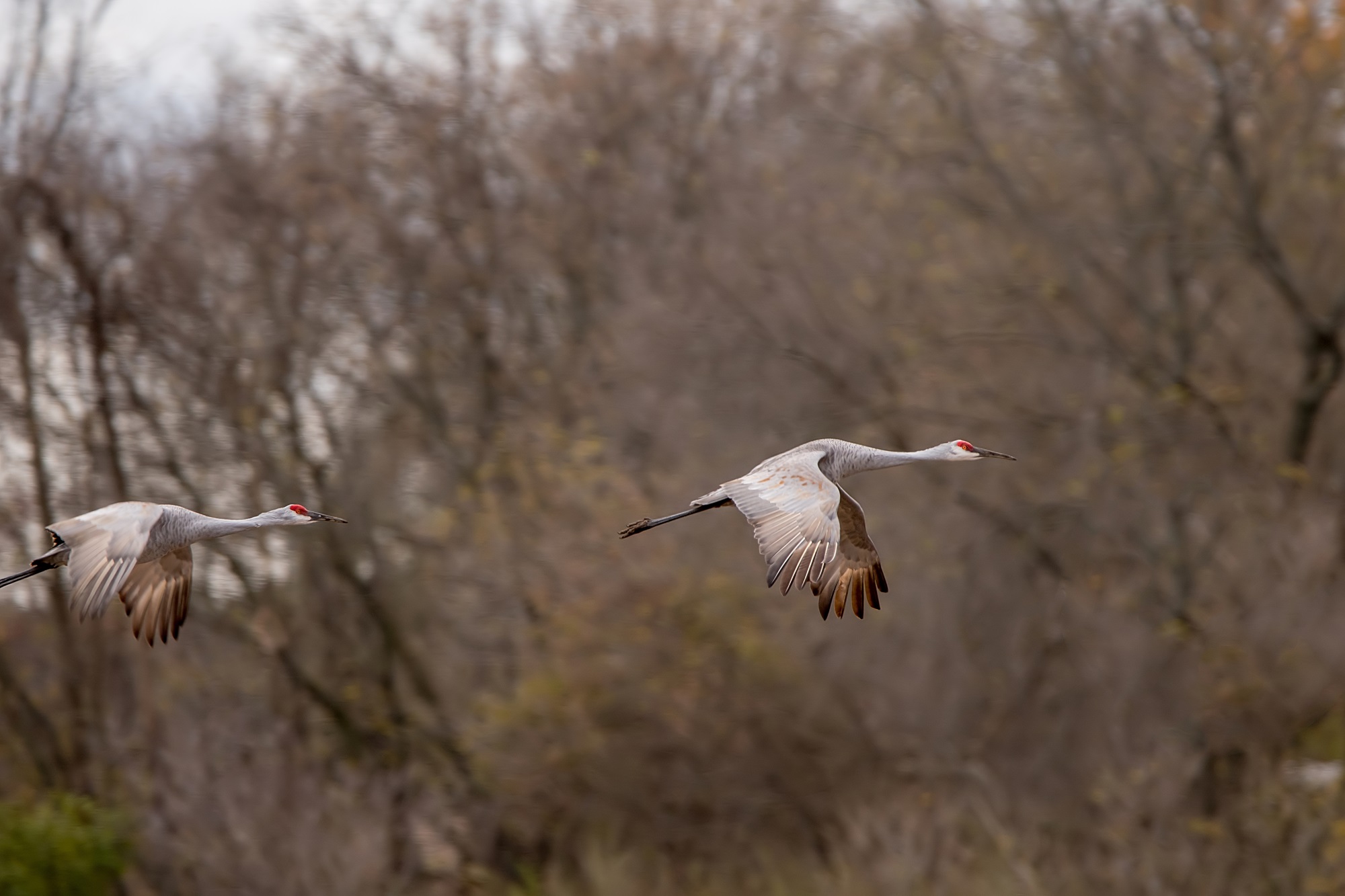
Description
Sandhill cranes are tall, heavy-bodied birds with long, slender necks and legs. Males typically weigh around 4.5 kg, while females weigh about 4 kg, with the heaviest recorded individual reaching 6.7 kg. Their plumage is mostly grey, often with a rusty tinge on the underparts, and their feathers form a drooping bustle around their back end. Adults have a red crown, pale cheeks and a long black beak, colours which juveniles lack.
Sandhill cranes have a distinctive “bugling” call, which is described as loud, rolling and trumpeting.
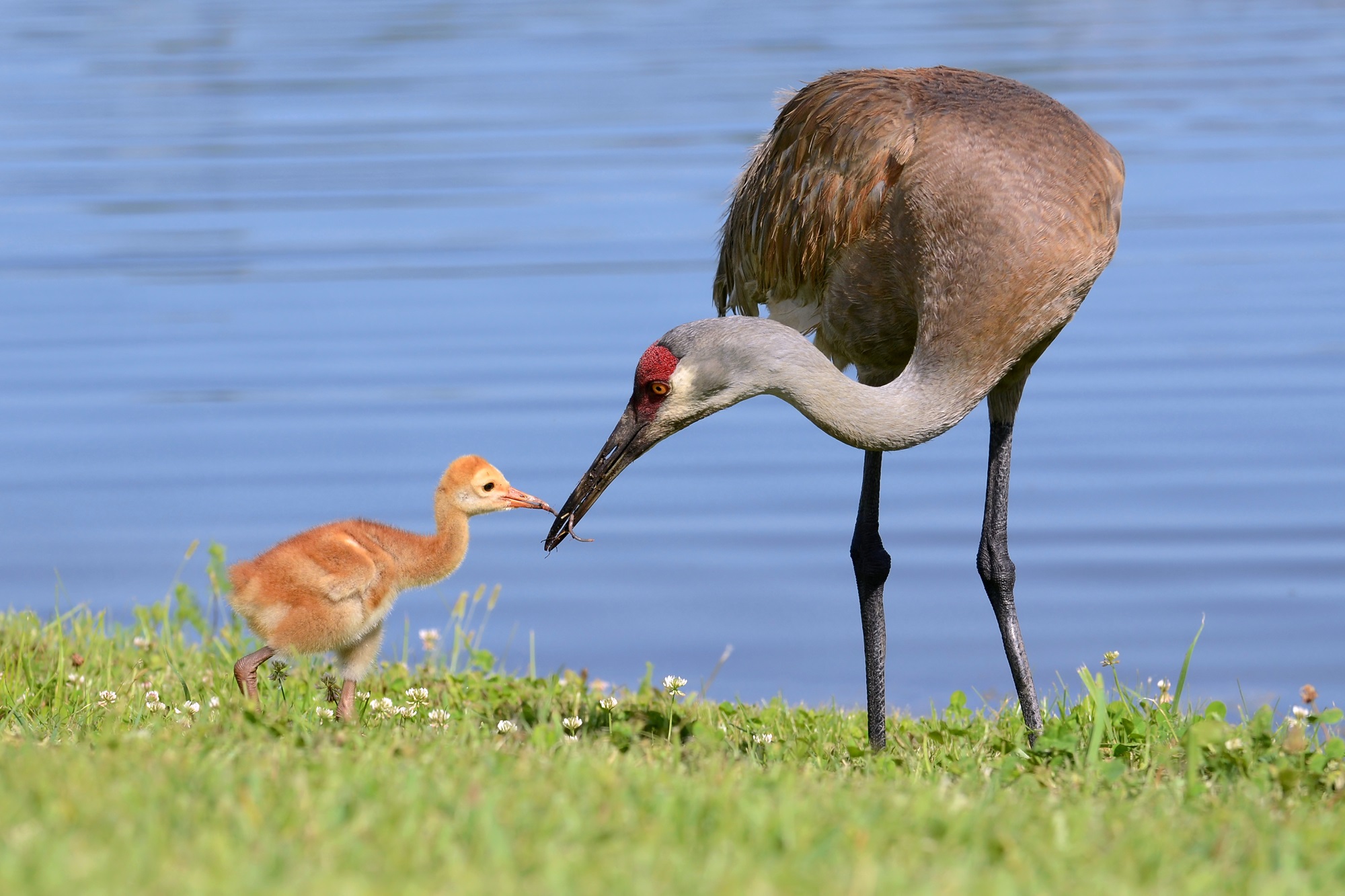
Distribution and Habitat
Sandhill cranes are widely distributed across North America. Migratory populations breed in northern regions, such as in Canada, while non-migratory populations live year-round in southern places like Mississippi, Florida and Cuba. Breeding occurs across much of Canada and the species is especially common in western Canada.
The Canadian populations of sandhill cranes are migratory, travelling south to wintering grounds in southern United States and northern Mexico. During migration, they gather in large flocks at key stopover sites such as the Platte River Valley in Nebraska, where half a million cranes are estimated to gather annually.
Sandhill cranes generally prefer open habitats such as wetlands, grasslands and agricultural fields.
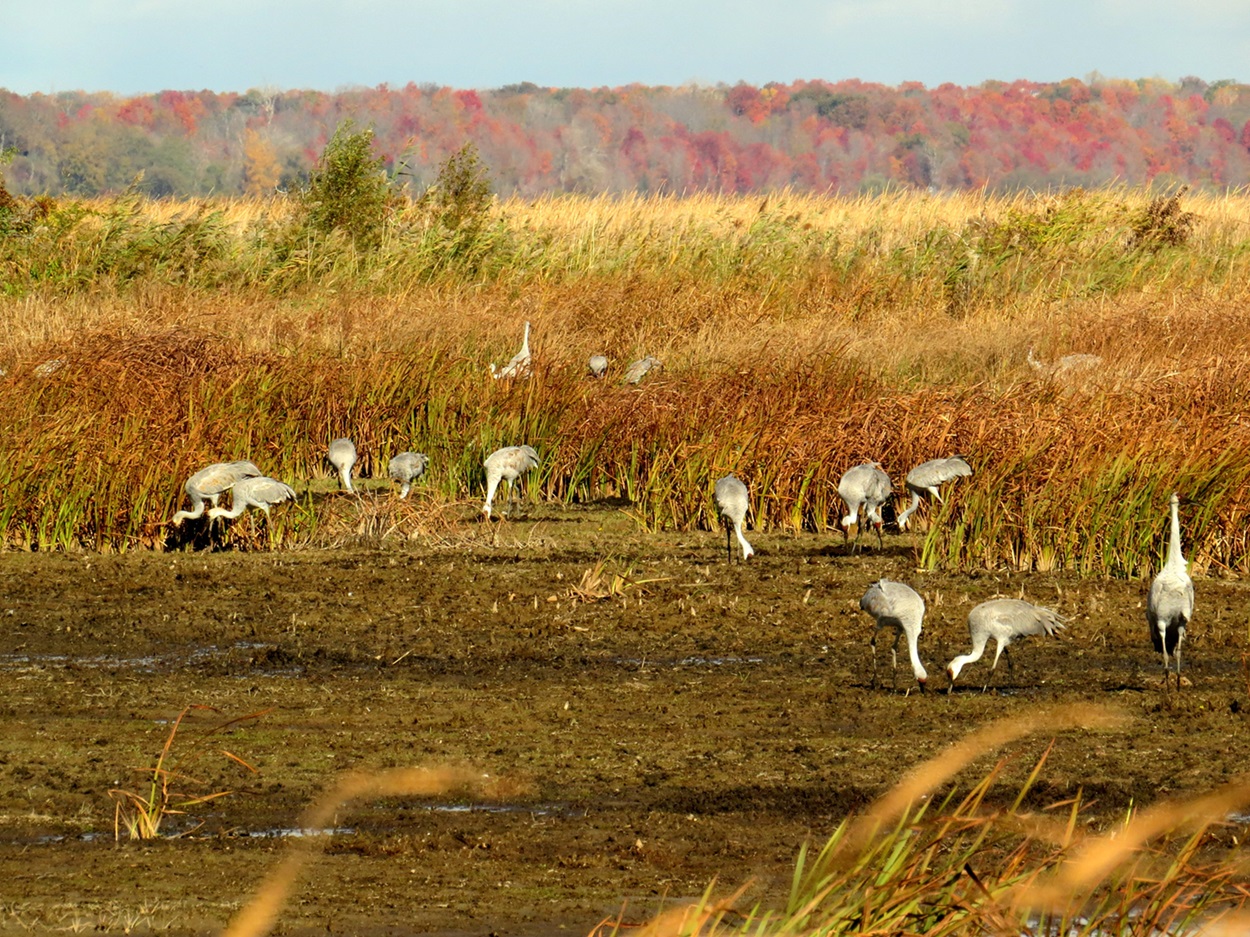
Reproduction and Development
Sandhill cranes form monogamous pairs that often stay together for life. Their courtship displays include synchronized movements such as wing-stretching, head-pumping, bowing and leaping into the air. These graceful and energetic performances, along with calling duets sung by the pair, help to strengthen their bond.
Nests are built in wetlands or on dry land near water. Sandhill cranes typically produce one brood per year. Egg-laying occurs between December and August, depending on the geographic location. Females lay one to three eggs. Both parents incubate the eggs for around 30 days. Although multiple eggs can hatch, generally only one chick in a brood will survive to adulthood.
The chicks are precocial, meaning they hatch with open eyes and down-covered bodies and can walk and swim within hours of hatching. Parents will brood and care for the chicks intensively during the first few weeks, after which the young birds gradually become more independent. Despite this, juvenile cranes will generally stay with their parents for nine to ten months after hatching. Before the parents lay another brood, the juvenile will leave to join a nomadic flock of juveniles and non-breeders. They will remain with this flock until they reach sexual maturity, generally around two to three years of age, at which point they may form a mated pair.
In the wild, sandhill cranes can live over 20 years, with some individuals recorded to have reached ages of 30 years or more. The oldest known individual lived for at least 37 years.
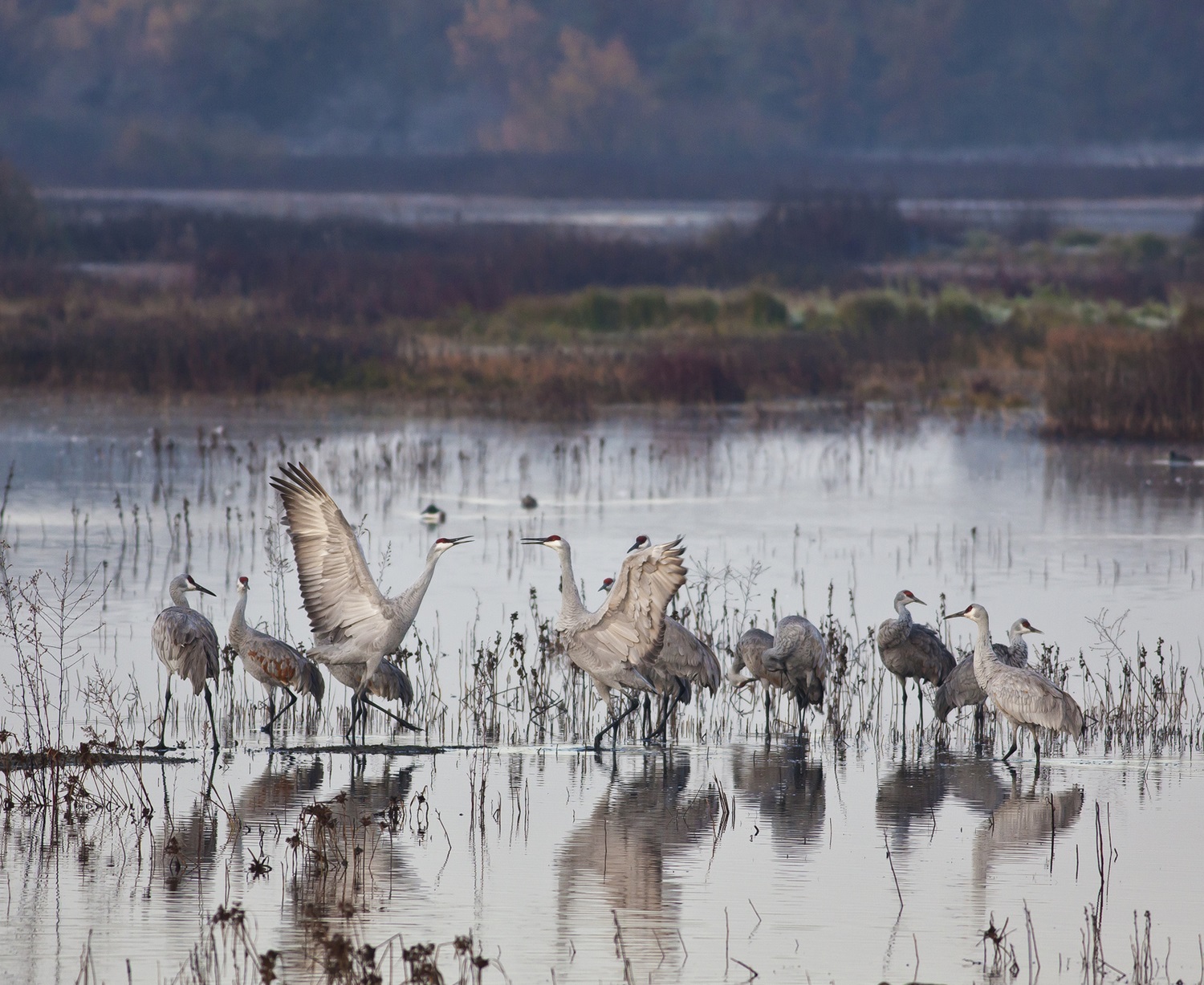
Diet and Predators
Sandhill Cranes are omnivorous, feeding on a varied diet that includes seeds, roots, grains such as wheat and corn, berries, insects, crustaceans and even small vertebrates.
Eggs and young sandhill cranes are especially vulnerable to predators, including corvids, gulls, raptors, foxes, coyotes, raccoons, mink and owls. Adults are less susceptible due to their large size and ability to fly, although they can still fall prey to larger predators such as eagles, bobcats and humans.
Sandhill cranes are especially protective and aggressive when they have chicks. They first display aggression by spreading their wings to appear larger and hissing loudly. If this does not deter the threat, they will attack with their long bills and by jumping and kicking at would-be predators. There have been reports of sandhill cranes killing coyotes this way.
Cultural Significance
Various sandhill crane festivals are held during their migration, drawing bird enthusiasts eager to witness flocks of thousands at key stopover sites across Canada and the United States.
For many Indigenous peoples of North America, sandhill cranes hold great cultural significance. For example, among the Anishinaabe of Eastern North America, the crane is one of the core clans, known as Ajijaak Dodem, and signifies leadership. In Anishinaabe tradition, the Ajijaak is known as an “echo maker,” serving as a voice for the clans by bringing the community together and announcing important events. The crane clan is known for producing many prominent leaders, including Chichicatalo of the Myaamia, who signed the Great Peace of Montreal in 1701 for his community with the symbol of a crane.
Conservation
Despite being the most abundant crane species in the world today, sandhill cranes were once threatened by habitat loss and overhunting. Notably, greater sandhill cranes were largely extirpated from much of their native range in the early 1900s. However, thanks to conservation efforts such as protective legislation and habitat protection, their population was able to rebound. Today, sandhill cranes are classified as Least Concern by the International Union for Conservation of Nature. Despite this, some subspecies, such as the Florida (Antigone canadensis pratensis) and Mississippi sandhill crane (Antigone canadensis pulla) remain at risk due to ongoing habitat loss.
Various wildlife conservation programs continue to manage sandhill crane populations by monitoring their numbers and protecting critical habitats. Quality wetlands and grasslands are essential for their breeding and migration, and habitat loss remains a major concern for the future of this species.

 Share on Facebook
Share on Facebook Share on X
Share on X Share by Email
Share by Email Share on Google Classroom
Share on Google Classroom
